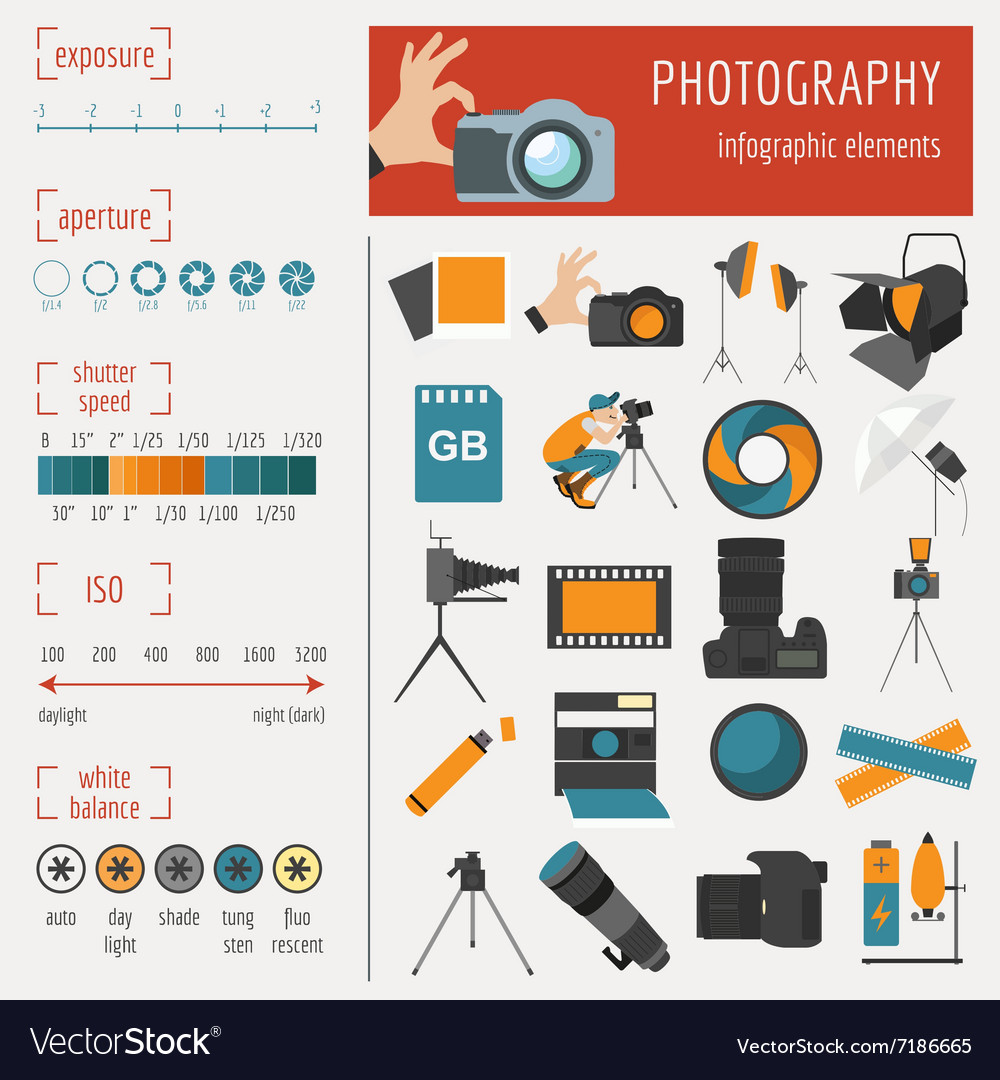Join Us To Uncover Necessary Photography Tips That Will Unlock Your Electronic Camera'S Capacity-- Prepare To Capture Stunning Images In No Time At All!
Join Us To Uncover Necessary Photography Tips That Will Unlock Your Electronic Camera'S Capacity-- Prepare To Capture Stunning Images In No Time At All!
Blog Article
Post Composed By-Lundgreen Turan
When you first get your electronic camera, it can feel overwhelming with all the setups and options available. You might find yourself asking yourself how to navigate aperture, shutter speed, and ISO efficiently. Grasping these basics is critical, yet there's more to photography than just technical knowledge. Comprehending make-up techniques and illumination problems can raise your pictures drastically. So, what if you could learn straightforward techniques to improve your abilities and start catching excellent images sooner than you think? Let's discover exactly how to transform your photography journey.
Understanding Camera Settings
Recognizing your video camera setups is crucial for catching sensational pictures. When you grab your cam, acquaint yourself with the 3 major setups: aperture, shutter speed, and ISO. Each plays a crucial function in how your photos end up.
Start with aperture, which controls the amount of light getting in the lens. A larger aperture (reduced f-number) allows much more light and develops a lovely background blur, best for portraits. On the other hand, a narrower aperture (higher f-number) maintains even more of the scene in focus, ideal for landscapes.
Next off, focus on shutter speed. This setting determines the length of time your video camera's sensor is exposed to light. A quick shutter speed ices up activity, which is fantastic for action shots, while a sluggish shutter speed can create stunning results like smooth water in landscapes.
Lastly, change your ISO. This setup influences your cam's sensitivity to light. A greater ISO is useful in low-light circumstances yet can present noise or grain. Aim for the most affordable ISO feasible while still achieving correct exposure.
Composition Strategies
When you're out shooting, structure can make all the difference in how your photos reverberate with audiences. Start by using the guideline of thirds; picture your structure split right into 9 equal sections with 2 straight and 2 vertical lines. Setting https://www.popphoto.com/tips-from-pro-ella-ling-on-photographing-tennis/ along these lines or at their junctions to create equilibrium and interest.
Next off, take into consideration leading lines. These natural lines in your scene, like roads or rivers, draw the customer's eye right into the photograph, guiding them with the story you're telling.
Do not ignore framing; use components within your scene, like trees or home windows, to develop a frame around your topic, including deepness and focus.
Also, watch on your background. A messy history can distract from your main subject, while an easy one helps it attract attention.
Lastly, explore symmetry and patterns; they can develop a striking photo that catches attention.
Mastering Lighting Conditions
Grasping lighting conditions is essential for catching magnificent pictures, as the ideal light can transform a common scene into something amazing.
Beginning by observing all-natural light at various times of the day. Early mornings and late afternoons use the best light, known as the gold hour. https://postheaven.net/tuan2123niki/easy-ways-to-enhance-your-portrait-photography , cozy tones during these times can enhance your photos beautifully.
Don't shy away from overcast days either; diffused light can reduce harsh darkness and produce a pleasing impact, especially for pictures.
Try out backlighting by positioning your subject versus the light source. This technique can create a dreamy halo impact and add deepness to your images.
copyright photographer on your camera setups also. Adjust the ISO, aperture, and shutter speed to suit the lighting problems. A higher ISO can help in low light, yet beware of grain.
Utilize a tripod in darker atmospheres to avoid blur.
Last but not least, do not fail to remember artificial lights. Flash and constant lights can be wonderful tools for regulating light in challenging problems.
Verdict
In conclusion, understanding your camera doesn't need to be overwhelming. By comprehending your settings, using make-up methods, and harnessing the power of all-natural light, you'll swiftly raise your digital photography abilities. Bear in mind, exercise makes ideal, so go out there and trying out your newly found understanding. With time and devotion, you'll be capturing stunning photos that reflect your distinct viewpoint. Enjoy the journey, and don't fail to remember to enjoy while you go to it!
